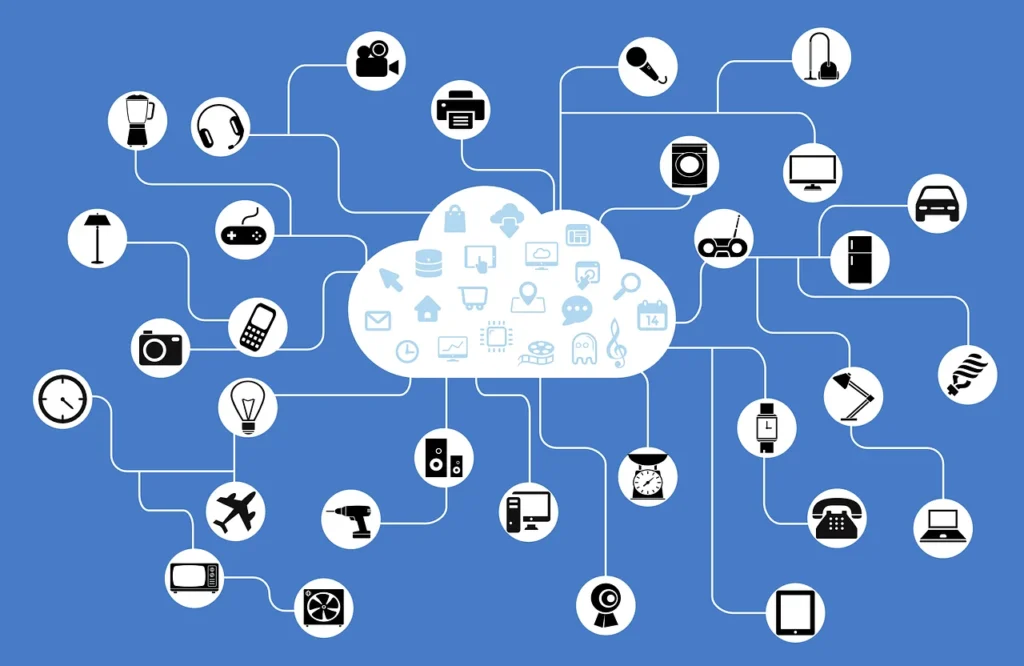The advent of 5G technology marks a significant milestone in the evolution of the Internet of Things (IoT) and the development of smart cities. With its unparalleled speed, low latency, and ability to connect a vast number of devices simultaneously, 5G is set to revolutionize how we interact with our urban environments. This article delves into the role of 5G in enhancing IoT connectivity, enabling seamless communication between devices, and fostering the growth of smart cities that are more efficient, sustainable, and responsive to the needs of their inhabitants.
As we explore the transformative impact of 5G, you will learn about the key features that make this technology a game-changer for IoT applications. From smart traffic management systems that reduce congestion to intelligent energy grids that optimize resource usage, the possibilities are endless. Furthermore, we will discuss how 5G facilitates real-time data processing and analytics, empowering city planners and residents alike to make informed decisions that enhance urban living.
In addition to examining the technical aspects, this article will highlight real-world examples of cities that are already leveraging 5G to improve connectivity and quality of life. By the end of this read, you will have a comprehensive understanding of how 5G is not just a technological upgrade, but a foundational element in the creation of smarter, more connected urban spaces. Join us as we uncover the exciting future that 5G holds for IoT and smart cities!
As cities evolve into smart cities, the integration of advanced technologies becomes crucial. One of the most significant advancements is the rollout of 5G technology, which promises to enhance IoT connectivity and transform urban living. This article explores various aspects of how 5G is shaping the future of smart cities through improved IoT connectivity.
Enhanced Data Transmission Speeds
5G technology offers significantly higher data transmission speeds compared to its predecessors. This enhancement allows for real-time data exchange between IoT devices, which is essential for applications such as traffic management, public safety, and environmental monitoring. With speeds reaching up to 10 Gbps, 5G enables seamless communication among devices, facilitating quicker decision-making processes.
The ability to transmit large volumes of data rapidly is particularly beneficial for smart city applications that rely on real-time analytics. For instance, smart traffic lights can adjust their timings based on real-time traffic conditions, reducing congestion and improving overall traffic flow. This capability not only enhances the efficiency of urban infrastructure but also contributes to a more sustainable urban environment.
Low Latency for Real-Time Applications
One of the standout features of 5G is its ultra-low latency, which can be as low as 1 millisecond. This characteristic is vital for applications that require immediate responses, such as autonomous vehicles and remote healthcare services. In smart cities, low latency ensures that IoT devices can communicate and react in real-time, enhancing safety and operational efficiency.
For example, in the context of public safety, 5G can enable real-time video surveillance and instant alerts to emergency services. This rapid response capability can significantly reduce the time it takes to address emergencies, ultimately saving lives and resources. The low latency of 5G thus plays a crucial role in the effectiveness of smart city initiatives.
Massive Device Connectivity
5G technology is designed to support a massive number of connected devices simultaneously. This capability is essential for smart cities, where thousands of IoT devices, such as sensors, cameras, and smart meters, need to operate concurrently. The ability to connect up to a million devices per square kilometer allows for comprehensive data collection and analysis.
This extensive connectivity enables cities to monitor various parameters, such as air quality, energy consumption, and traffic patterns, in real-time. By leveraging this data, city planners can make informed decisions to improve urban living conditions and resource management. The scalability of 5G ensures that as cities grow, their IoT infrastructure can expand without compromising performance.
Improved Energy Efficiency
5G technology not only enhances connectivity but also promotes energy efficiency in smart cities. The advanced network architecture of 5G allows for more efficient use of energy resources, which is crucial for sustainable urban development. IoT devices connected through 5G can optimize their energy consumption based on real-time data.
For instance, smart lighting systems can adjust their brightness based on the presence of pedestrians or vehicles, reducing energy waste. Additionally, smart grids can manage energy distribution more effectively, ensuring that renewable energy sources are utilized optimally. This focus on energy efficiency contributes to the overall sustainability goals of smart cities.
Enhanced Security Features
As smart cities become increasingly reliant on IoT devices, security becomes a paramount concern. 5G technology incorporates advanced security features that help protect sensitive data transmitted between devices. Enhanced encryption and authentication protocols ensure that only authorized devices can access the network, reducing the risk of cyberattacks.
Moreover, the ability to monitor network traffic in real-time allows for the detection of unusual patterns that may indicate security breaches. By implementing robust security measures, cities can safeguard their infrastructure and maintain public trust in smart city initiatives. The security enhancements provided by 5G are essential for the long-term viability of IoT applications in urban environments.
Support for Edge Computing
5G networks facilitate the implementation of edge computing, where data processing occurs closer to the source of data generation. This approach reduces the need for data to travel long distances to centralized servers, resulting in faster processing times and reduced latency. In smart cities, edge computing can enhance the performance of IoT applications by enabling real-time data analysis.
For example, traffic cameras equipped with edge computing capabilities can analyze video feeds locally to detect accidents or traffic violations, allowing for immediate responses. This localized processing not only improves efficiency but also reduces the bandwidth required for data transmission, making better use of network resources.
Economic Growth and Job Creation
The deployment of 5G technology in smart cities is expected to drive economic growth and create new job opportunities. As cities invest in 5G infrastructure, they will also foster innovation in various sectors, including transportation, healthcare, and energy. The integration of IoT devices powered by 5G will lead to the development of new services and applications that can enhance urban living.
Moreover, the demand for skilled professionals in fields such as data analysis, cybersecurity, and network management will increase. This shift not only contributes to the local economy but also prepares the workforce for the future job market. The economic benefits of 5G in smart cities extend beyond immediate job creation, fostering a culture of innovation and technological advancement.
Challenges and Considerations
While the benefits of 5G in enhancing IoT connectivity and smart cities are significant, there are also challenges that need to be addressed. Issues such as infrastructure costs, regulatory hurdles, and public concerns about privacy and security must be carefully managed. Ensuring equitable access to 5G technology is also crucial to prevent a digital divide in urban areas.
Additionally, as cities implement 5G networks, they must consider the environmental impact of increased electronic waste and energy consumption. Addressing these challenges requires collaboration between government, industry, and communities to create sustainable and inclusive smart city solutions. By proactively tackling these issues, cities can maximize the benefits of 5G technology while minimizing potential drawbacks.
| Aspect | Description |
|---|---|
| Introduction to 5G | 5G is the fifth generation of mobile network technology, offering significantly faster speeds, lower latency, and greater capacity compared to its predecessors. |
| Impact on IoT Connectivity | 5G enhances IoT connectivity by supporting a massive number of devices simultaneously, enabling seamless communication and data exchange among smart devices. |
| Low Latency | With ultra-low latency, 5G allows real-time data processing, which is crucial for applications like autonomous vehicles and remote healthcare services. |
| Increased Bandwidth | 5G provides higher bandwidth, facilitating the transmission of large amounts of data from IoT devices, which is essential for smart city applications such as traffic management and surveillance. |
| Smart City Applications | 5G enables various smart city applications, including smart lighting, waste management, and public safety systems, improving urban living and resource management. |
| Energy Efficiency | 5G technology is designed to be more energy-efficient, which is beneficial for battery-operated IoT devices, extending their operational lifespan. |
| Challenges | Despite its advantages, 5G deployment faces challenges such as infrastructure costs, regulatory hurdles, and the need for widespread coverage. |
| Future Prospects | The integration of 5G with IoT is expected to drive innovation in smart cities, leading to improved quality of life, economic growth, and sustainable urban development. |



